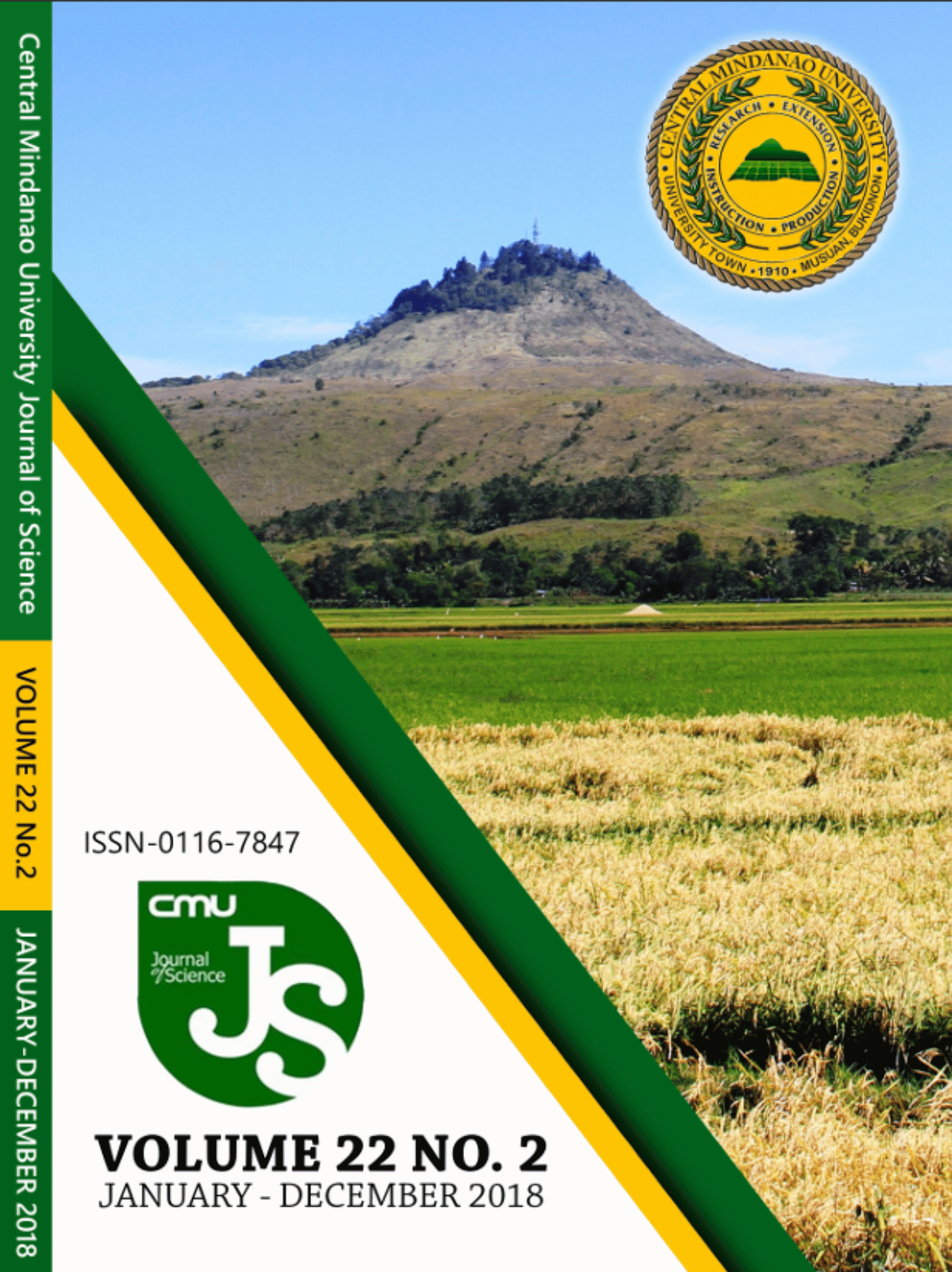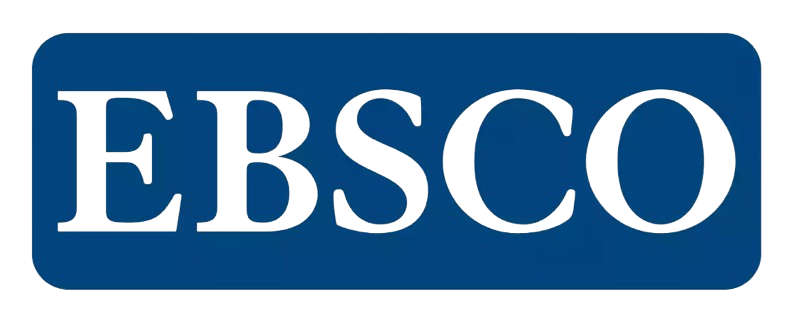Technospheric Mining Towards a Circular Economy
DOI:
https://doi.org/10.52751/71djeb23Keywords:
mining, circular economy, waste managementAbstract
Human activities, such as product manufacturing, mining, and ore extraction, chemical and metallurgical processing, road and building construction, municipal and household activities, and agriculture among others, have relocated and accumulated metal and material resources from geological origins to the technosphere. The technosphere is defined broadly as a material stockpile that has been established by human activities and technological processes (Johansson et al., 2013). Iron, for example, is mined and extracted from iron oxide ores from the Earth’s crust, by high temperature metallurgical processes and is used to produce steel, other metal alloys, and chemical products. Iron is now present in many things we use everyday, i.e., buildings, bridges, cutting tools, bicycle, and a multitude of other materials and equipment. These materials containing iron, either active or inactive stocks, are part of the technosphere and are considered technospheric stocks or secondary sources of iron.
Downloads













 LinkedIn
LinkedIn